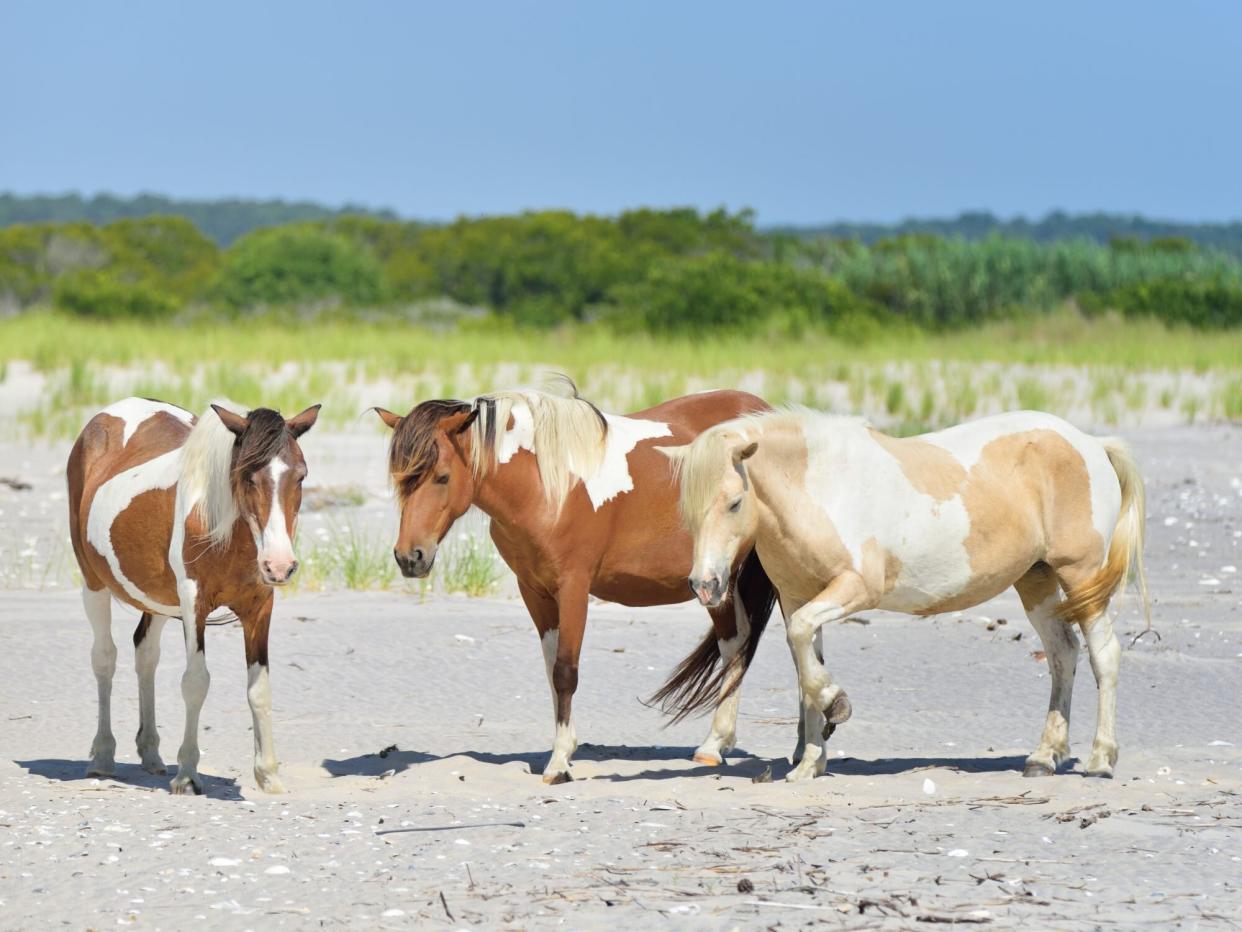New Research Bolsters Local Legend That Chincoteague Ponies Survived Spanish Shipwreck

Joesboy/Getty Images
The small herds of ponies that roam Maryland and Virginia's Assateague Island were first made famous by Marguerite Henry's 1947 novel Misty of Chincoteague. But the legend around the stocky Chincoteague horse, whose annual channel swim still draws thousands of spectators, extends back much further.
According to local lore, Assateague's wild horses are the descendants of horses that swam ashore following the sinking of a Spanish galleon off the Virginia coast around 1750. It's a romantic theory, but without documentation of such a ship, most historians believe they are most likely descended from runaway livestock.
But DNA from a fossilized horse tooth discovered in the Caribbean suggests that the shipwreck theory might not be so far fetched.
In a study published in the journal PLOS One last month, researchers suggest that a tooth collected from Haiti in the 1980s belonged to a relative of the Chincoteague ponies.
Author Nicolas Delsol, a zooarchaeologist at the University of Florida, recently came across a 450-year-old shard of horse molar collected from an early Spanish colony and ranching hub called Puerto Real. Originally believed to be a cow tooth, the specimen went overlooked for decades.
"It was a serendipitous find," Delsol told National Geographic. "I was studying cows, but stumbled across this incredible piece of horse data."
Researchers extracted DNA from the fossilized tooth and compared it against the genomes of horse populations around the world. Shockingly, the horse's closest relative was the Chincoteague pony.
"I had never heard of Chincoteague," Delsol recalled to National Geographic. "And then I read this interesting anecdote about a Spanish shipwreck."
Speaking with NPR, he noted that while his discovery doesn't necessarily confirm the legend, it certainly gives some credence to the shipwreck theory.
"The thing that [we know] for a fact is that these horses, the Chincoteague ponies, are very closely related to colonial horses from the Caribbean Spanish colonies," he explained.
How exactly they got to the barrier island remains a mystery.

